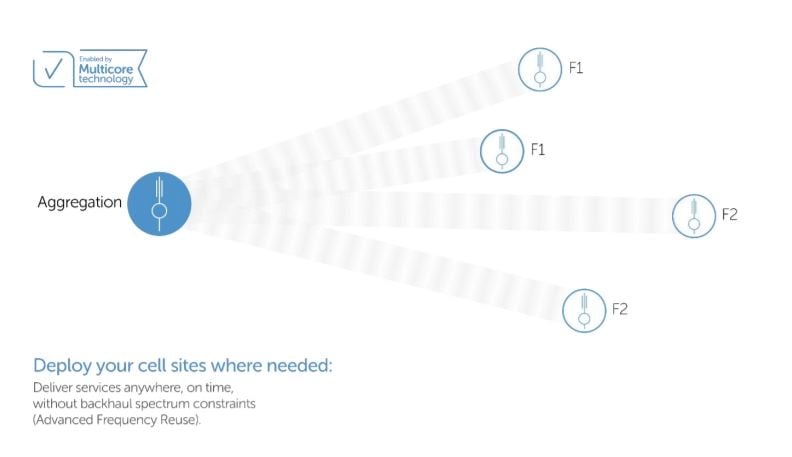Small Cell Wireless Equipment

For outdoor cell towers this usually involves fiber optic or microwave backhaul.
Small cell wireless equipment. Small cells are compact and low powered base stations that operate in a wide range of frequencies depending on the supported technology. So while tall high power macro towers keep the network signal strong across large distances small cells suit more densely developed environments like cities. Small cells outdoor distributed antenna systems o das. They are about the size of a pizza box or backpack and are essential for transmitting data to and from a wireless device.
At their core small cells are wireless transmitters and receivers designed to provide network coverage to smaller areas. How important is small cell technology for 5g. Small cells are the new norm in wireless mobility networks as mobile network operators mnos use them to build out their 5g networks and densify their existing networks. A small cell installation consists of small radio equipment and antennas that can be placed on structures such as streetlights the sides of buildings or poles.
Enhancing network coverage capacity even robust cellular networks encounter capacity and coverage limitations. Regardless of the type chosen for a wireless connection to be established the small cell needs to be connected to the cellular provider s network. The relocation of wireless equipment into densely populated areas has forced cities to rethink how they administer it witkowski says. This is known as backhaul.
Small cells can t be disguised as trees and unlike cell towers they ll need to be placed in residential areas. But how do you quickly and efficiently expand wireless network capacity in crowded urban centers. Tilson is an expert in small cell and odas technologies that enhance coverage and capacity in places where the network performance may be compromised and where connectivity is critical.














































